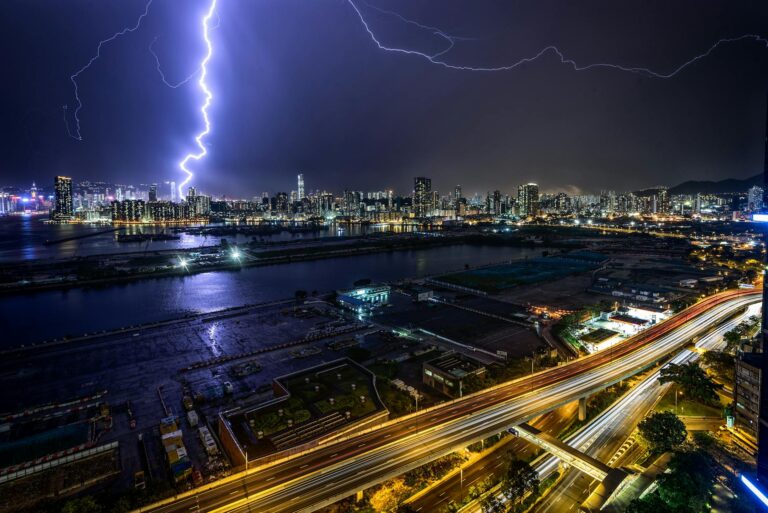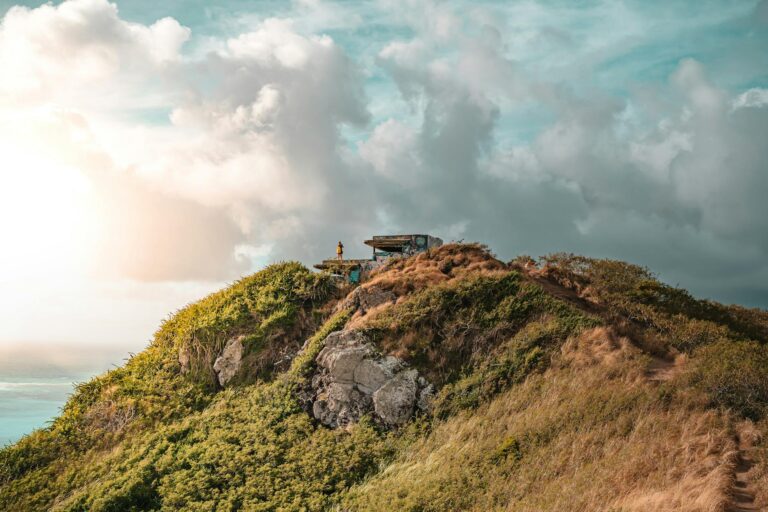Bageshwar’s Slow-Motion Disaster: Cracks, Thirst, and a Fight for Survival
You know Bageshwar—that picture-perfect Uttarakhand town with the kind of mountain views that make city folks drool? Well, here’s the thing: it’s falling apart. Literally. Houses are splitting open like overripe fruit, water sources are vanishing faster than samosas at a tea stall, and the land itself seems to be sliding away. What’s going on? And can anything be done?
1. The Ground is Literally Shifting Beneath Their Feet
1.1 Cracks, Dry Springs, and Other Nightmares
Talk to any local and they’ll show you cracks in their walls wide enough to lose a chappal in. Natural springs that fed generations? Now just damp patches. Last monsoon, the road to my cousin’s place disappeared overnight—just slid down the mountain like it was late for an appointment. And that’s the scary part: this isn’t some doomsday prediction. It’s happening right now.
1.2 What the Reports Say (When They’re Not Collecting Dust)
Officially, everyone’s “deeply concerned.” The 2023 disaster report called Bageshwar’s slopes “about as stable as a drunk guy on a bicycle.” Okay, maybe not those exact words, but you get the idea. Meanwhile, water experts say nearly half the springs have gone dry. That’s like cutting off the blood supply to a body.
2. Why is This Happening? The Usual Suspects…
2.1 The Himalayas: Gorgeous But Moody
Let’s be real—these mountains are basically teenagers. Still growing, full of drama. Earthquakes? Check. Landslides? Obviously. Add crazy monsoon rains to the mix and you’ve got nature’s demolition derby. As geologist Dr. Rawat puts it: “This isn’t erosion. It’s the land having a nervous breakdown.”
2.2 We’re Not Helping, Are We?
Every time someone builds a fancy hotel hanging off a cliff, the mountain sighs. Illegal water pumps? Basically sticking straws into the earth and slurping. And don’t get me started on the deforestation—it’s like pulling out hair from a balding man’s head and expecting him to grow more. One old-timer told me, “We used to fear the gods. Now we fear our own stupidity.” Harsh but fair.
2.3 Climate Change: The Uninvited Guest
Remember when rains came like clockwork? Yeah, neither do my farmer uncles. Now it’s either drought or Noah’s Ark situations. The IPCC says Uttarakhand’s warming faster than the rest of India—which explains why glaciers are retreating faster than my hairline. Less snowmelt means thirsty springs. More intense rains mean… well, you’ve seen the landslide videos.
3. Real People, Real Pain
3.1 Lives Turned Upside Down
Imagine being told your ancestral home might crush you in your sleep. Farmers who grew enough for three seasons now count themselves lucky to get one. Women walk 5km just for a pot of water—and that’s before sunrise. Tourism’s drying up too. Who wants vacation photos with “DANGER: FALLING ROCKS” signs in the background?
3.2 Nature’s Taking Hits Too
That Himalayan quail everyone’s trying to spot? Good luck finding water to attract it. Rivers are choking on landslide debris—like clogged arteries. If this continues, Bageshwar might become one of those “before/after” examples in ecology textbooks. The “after” won’t be pretty.
4. Fighting Back: Policy Papers vs. Muddy Hands
4.1 Government’s Trying (Sort Of)
There are new building rules—about as enforced as diet plans after Diwali. Some slope stabilization projects exist, mostly where VIPs might visit. The Spring Revival Mission sounds great on paper, but between you and me? Progress moves slower than a government office fan in summer.
4.2 Where the Real Hope Lies
Here’s the inspiring part: locals aren’t waiting. Women’s groups are planting trees like their lives depend on it (because they do). NGOs teach rainwater harvesting—grandma techniques with modern twists. One feisty auntie told me, “The British didn’t defeat us, these mountains won’t either.” You go, auntie.
5. So What Actually Works?
5.1 Band-Aids for Now
We need to move people from death-trap zones—no more “it won’t happen to us” thinking. Early landslide warnings could help, but let’s be honest: when the mountain decides to move, you run first, ask questions later. Water tankers? Temporary relief for villages thirstier than a Delhi summer.
5.2 Long Game: Work With the Land, Not Against It
No more construction on shaky slopes—enforce it like your mom enforced homework time. Bring back native trees; they’re like the mountain’s immune system. Eco-tourism done right could fund this whole operation. Like that environmentalist said: “Adapt or pack your bags for the plains.”
Final Thought: Cracks Can Be Mended
Bageshwar’s story isn’t over. Between scientists, grandmothers, and that one stubborn kid planting saplings, the fight’s on. The Himalayas have seen worse—they’ll outlast us all. But whether Bageshwar remains more than a cautionary tale? That’s up to us. And the clock’s ticking louder than a geologist’s stress meter.
Source: News18 Hindi – Nation










